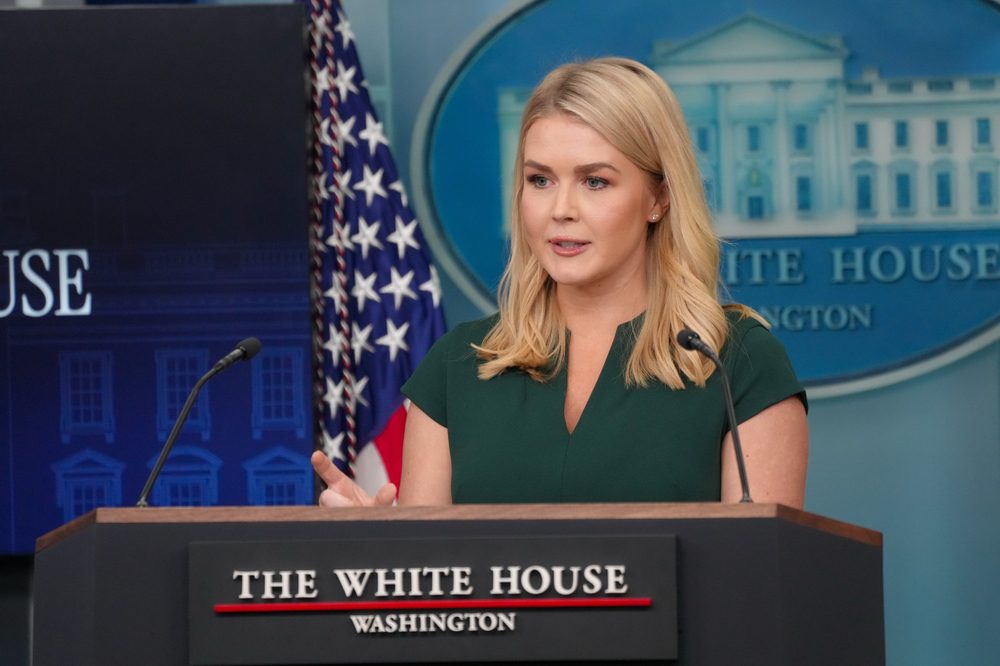The so-called BRIC developing countries – Brazil, Russia, India, China – may find a new region in their midst, if Global Frequency has any say. The marketing firm has inked an agreement with africapractice, a strategic communications firm, under which africapractice will provide Global Frequency’s partner organization The CMO Council with entry into 15 African nations: South Africa, Kenya, Nigeria, Ghana, Tanzania, Angola, Botswana, Egypt, Ethiopia, Mozambique, Namibia, Senegal, Uganda, Gabon and Zambia.
Direct Newsline spoke extensively with GlobalFluency president Donovan Neale-May about the opportunities and hazards sub-Saharan countries afford marketers, but one key concept immediately bubbled to the surface.
“There is a large installed base of mobile phone users, and airtime is a currency, although you would never say that to a central bank” Neale-May said.
Neale-May estimates that there is a mobile penetration level of around 450 million accounts in the region, within a population of around 850 million. That would put it – in raw numbers – well ahead of Brazil and Russian, and closing in on India, which has around 600 million accounts. (China, which is approaching the 900 million level, is the pack’s clear leader.)
But mobile use in sub-Saharan Africa does not resemble anything like what Americans are used to. First, most cell phone plans are pre-paid: The idea of a “bill me” program, or an automatic pay, has not taken root.
Second, “mobile phones are an essential tool in Africa for commerce, information, socialization, communication, and increasingly for banking and financial payments,” Neale-May said. “The mobile phone is the transactional device for most of these folks, and the informational device.”
Finally, a single mobile unit may have as many as ten or 12 users, with each consumer swapping out his or her own subscriber identity module (SIM) card. This is especially true among lower-income consumers: Middle, and especially upper-class citizens are more likely to have their own dedicated unit.
That said, “Airtime [as a premium] is always welcome, no matter what level you are,” Neale-May said. “Free air time and electricity. They’ve just introduced big increases in utility costs in different parts of Africa. Everyone wants the lights on.”
As it happens, infrastructure restrictions may make mobile marketing the most effective form of direct marketing, especially when it comes to distributing virtual goods or services such as electronic downloads, points, game currency or other non-physical items.
This is, in part, because there are fewer restrictions regarding where cell phone towers can be placed. “I never have a better quality of services anywhere else,” Neale-May noted. “In the Bay Area [where he’s based], my calls drop off all the time.”
Other traditional direct marketing channels, which would be used to deliver physical goods, are considerably more cumbersome. Take direct mail, which Neale-May describes as “problematic.” Large swaths of the region lack the infrastructure to support it: The services aren’t there, formal household addresses are often nonexistent, and merchandise gets stolen.
“You don’t see a lot of mail order businesses,” he said. “There is some happening on the Web, but There is not a lot of catalog marketing, not a lot of direct response. The elite have box numbers where they pick up their mail – they don’t like having postmen knocking at the door.”
Other channels have their own drawbacks. Only 25% of the region’s population has e-mail. Radio is able to offer direct response, but the region lacks adequate call center operations. And collecting consumer data is not a priority, and database marketing is not very sophisticated, Neale-May said.
Given all this, why is Neale-May excited about the opportunities the region offers?
Largely because the opportunity for growth – especially in data gathering and product sampling – is considerably. Experiential marketing is popular, he said, and mobile devices can be used to register participants for follow-up efforts. Similarly, mobile devices can serve as the key component for loyalty programs.
Above all, Neale-May expects the region to become wealthier. “The early indicators of a market opportunity, if you track the Asian countries, is where they are going. China is now South Africa’s largest trading partner. India, Korea and Japan have perennially been in South Africa, and all of these are ramping up massively to address the African market.”



